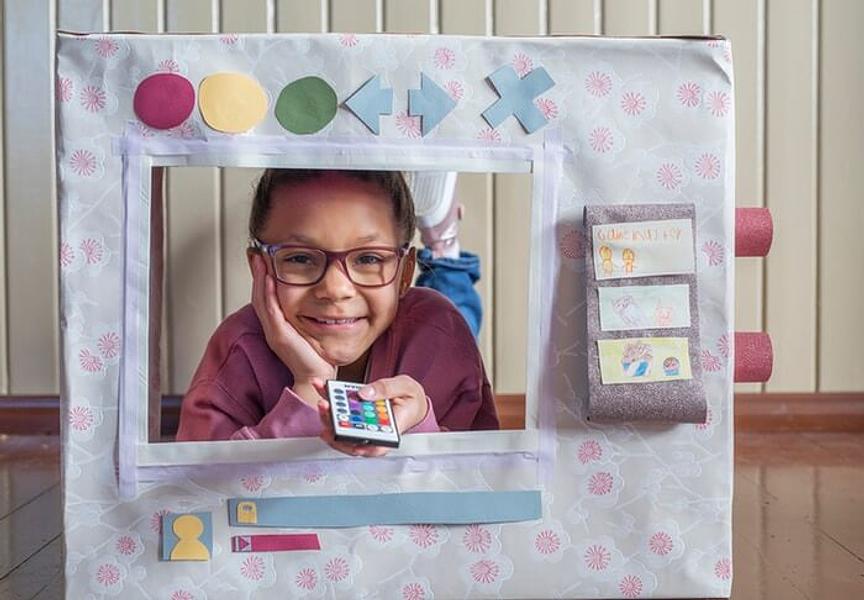Love Letters for Computers is a free resource including a series of videos, resources, classroom materials and a teacher journal that will help you plan how to integrate computer science into your curriculum for children in kindergarten and first years of primary school. It’s built around thephilosophy of Hello Ruby: an unplugged, creative and playful approach to introducing computer science.
When and with who should I watch the videos?
Take the videos at your own pace. After each video, take a few moments to write responses to the reflection journal. It’s important to keep track of your progress. Consider also connecting with fellow educators while learning new materials - they’ll be very valuable in brainstorming ideas for your classroom or pointing out existing resources.
What supplies do you need?
You can do most activities with just a ballpoint pen and a plain notebook, but you might also use watercolor, pencils, scissors or other crafting supplies. You’ll need a computer that can access scratch.mit.edu in a few of the tasks. And for the student materials and reflection journal, you’ll need a printer.
How do you use these resources?
Whether they are kindergarteners or third graders, it’s up to you to decide whether if you want to do all the tasks in the passport or just select a few.
Pick learning activities that immerse students. These activities are small enough to be covered in 45 minutes, but you can spend weeks on them as well.
The prompts and tasks are designed to help students follow their curiosity. Try to think of a project around the topic the students can build and experiment with. The teacher’s role is to guide the learners and to experience and explore along with them. Visit a museum, watch a film, or go to a park. Help with deepening student knowledge through text, vocabulary building and research.
Remember to leave time for reflection. There is an assessment sheet for each lesson, but allow students to also reflect through discussing, writing and drawing, for example.



